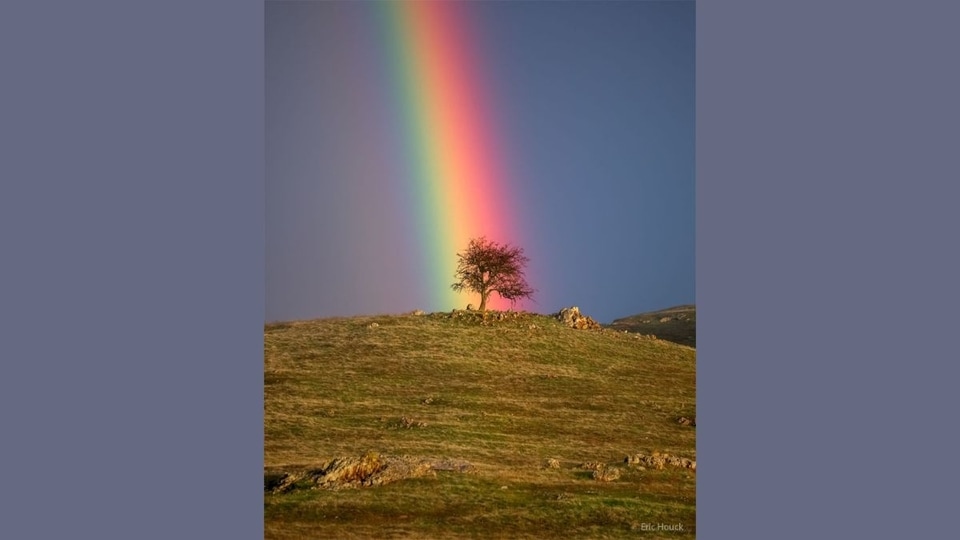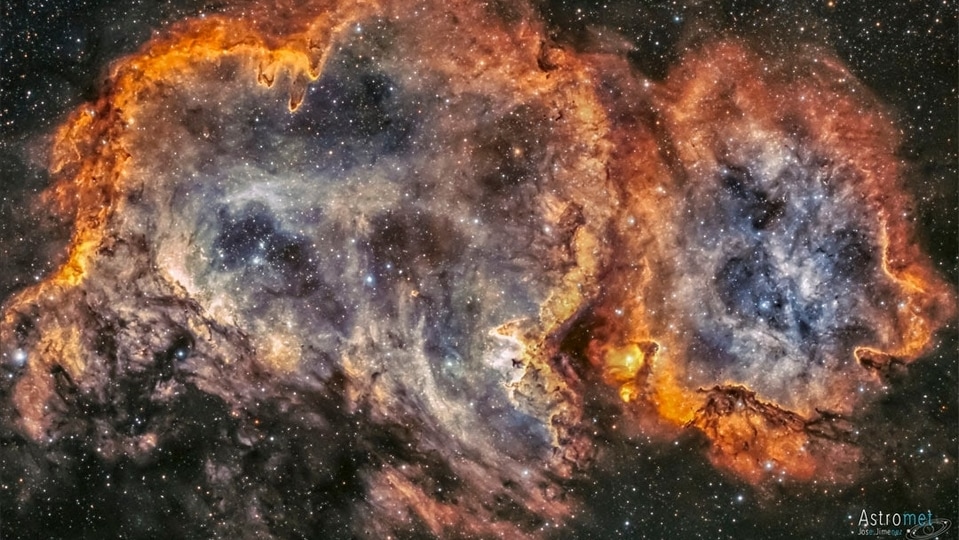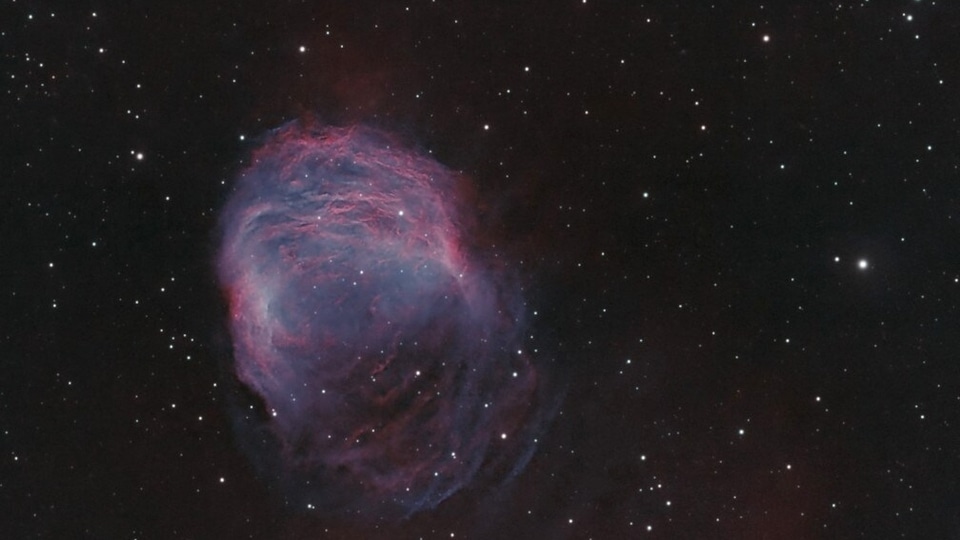NASA finds the FIRST EVER evidence of volcano on Venus; Check shocking revelation
NASA has found direct evidence of active volcanism on Venus. Here is what the US Space agency informs.






 View all Images
View all ImagesVolcanic eruption is a natural phenomenon which is known to occur on planet Earth. And now, in a first, scientists have seen direct evidence of active volcanism on Venus. Informing about the same NASA said, "direct geological evidence of recent volcanic activity has been observed on the surface of Venus for the first time. Scientists made the discovery after poring over archival radar images of Venus taken more than 30 years ago, in the 1990s, by NASA's Magellan mission. The images revealed a volcanic vent changing shape and increasing significantly in size in less than a year."
It can be known that scientists study active volcanoes to understand how a planet's interior can shape its crust, drive its evolution, and affect its habitability. One of NASA's new missions to Venus will do the same. "Led by the agency's Jet Propulsion Laboratory in Southern California, VERITAS – short for Venus Emissivity, Radio science, InSAR, Topography, And Spectroscopy – will launch within a decade," NASA informed.
The US Space agency further stated that the orbiter will study Venus from surface to core to understand how a rocky planet about the same size as Earth took a very different path, developing into a world covered in volcanic plains and deformed terrain hidden beneath a thick, hot, toxic atmosphere.
“NASA's selection of the VERITAS mission inspired me to look for recent volcanic activity in Magellan data,” said Robert Herrick, a research professor at the University of Alaska Fairbanks and member of the VERITAS science team, who led the search of the archival data.
Volcanic activity on Venus
The geological changes Herrick found occurred in Atla Regio, a vast highland region near Venus' equator that hosts two of the planet's largest volcanoes, Ozza Mons and Maat Mons. The region has long been thought to be volcanically active, but there was no direct evidence of recent activity. While scrutinizing Magellan radar images, Herrick identified a volcanic vent associated with Maat Mons that changed significantly between February and October 1991.
Catch all the Latest Tech News, Mobile News, Laptop News, Gaming news, Wearables News , How To News, also keep up with us on Whatsapp channel,Twitter, Facebook, Google News, and Instagram. For our latest videos, subscribe to our YouTube channel.





























